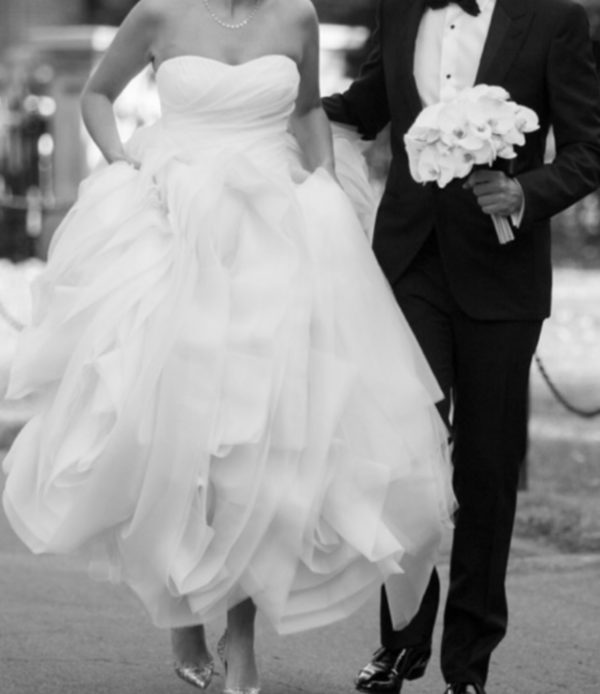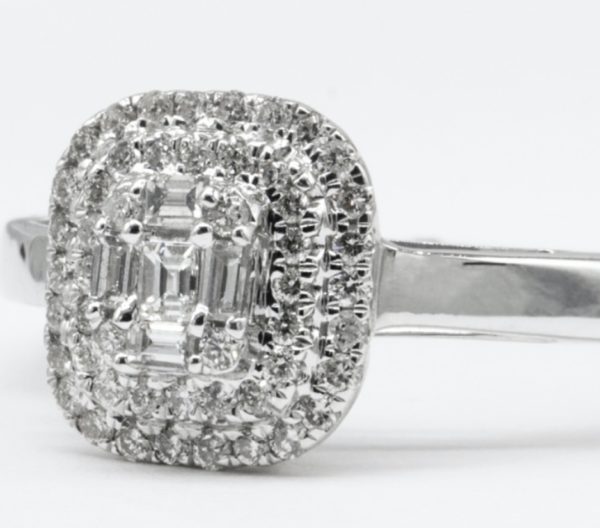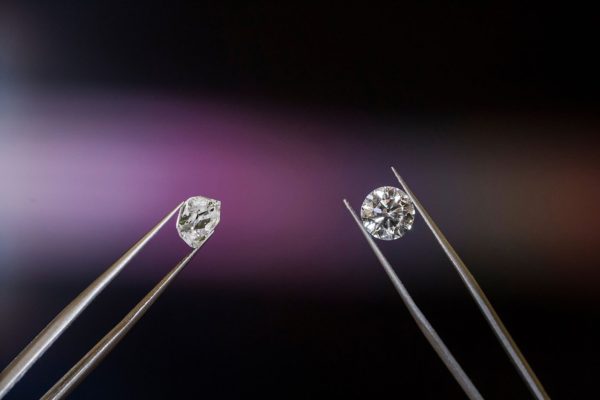
Diamonds’ main claim to fame is their sparkle, a unique array of rainbow gleams that is caused by the incredible reflectivity of the planes inside the crystal, but you would not know this to see a rough, uncut diamond in the form in which it is originally taken from the ground. Rough diamonds have very little sparkle, no matter how good the clarity, and this is because of several reasons.

A Cut Above
It is the cut, above all that releases that seductive inner fire from the heart of a diamond. A rough diamond, looking like little more than any other pebble must be washed to remove any dirt and grime, revealing what looks almost indistinguishable from a piece of quartz. Even now, the sparkle that makes a diamond so unique will be lacking. It is only after the stone has been examined under magnification by an expert cutter, who will carefully plot out the facets and shape that the finished stone will take, that a diamond comes truly to life. The right cut ensures that a diamond’s internal (and perhaps even external) flaws are minimized as best the cutter can manage. Sometimes this involves reducing the stone to a fraction of its original size, at other times it means cutting a slightly different shape instead of the traditional diamond cut which is known as a round brilliant cut. The shape is so called because it allows a maximum of external light to flood into the diamond, from there being bounced around the many facets and planes of the stone, then being released in that distinctive diamond shine.
The Color of a Carat
Two of the other four Cs of diamond grading, carat, and color, do not really affect the sparkle of the diamond, except as far as the cut reduces the carat of the diamond. The color of the diamond may slightly change the diamond’s sparkle – or at least, affect the look of the sparkle, due to the color difference that is now thrown into the mix – but it will not stop the diamond from sparkling in that unique and desirable way.
Is That Clear?
But clarity does have an important part to play in creating a diamond’s gorgeous sparkle – if the diamond was lacking in clarity, the sparkle would be lacking, distorted or somehow insipid. Clarity means clearness, and a good diamond should be completely translucent out of the light, while sparkling fabulously in sunlight or even artificial light. The clarity of a diamond is the result of the internal integrity of the stone. A flawless diamond – one in which inclusions cannot be seen at all, even under quite strong magnification – is both very rare and the best possible clarity. Light shining through the diamond will be reflected evenly and will sparkle with great symmetry on every plane of reflection, creating a starburst of light that is completely uniform all the way around. A diamond that is full of inclusions (internal flaws and cracks) will not reflect the light evenly, and the diamond will give off an asymmetrical sparkle that will be visible to the beholder. To see the different clarity ratings, a good impartial diamond clarity chart can be found here.

As with many diamond certifications from reputable organizations like the GIA, it takes more than one aspect of a diamond to arrive at the reason for a diamond’s value – which is based, more or less, upon its ability to sparkle. But the main two of the four Cs that affect the sparkle of a diamond are, first and foremost, the cut, and secondly, the clarity, meaning that yes, clarity does indeed affect a diamond’s sparkle and shine.
XOXO,



Thanks for sharing this info!
Jennifer
Curated by Jennifer
I’m ready to buy! Ha ha